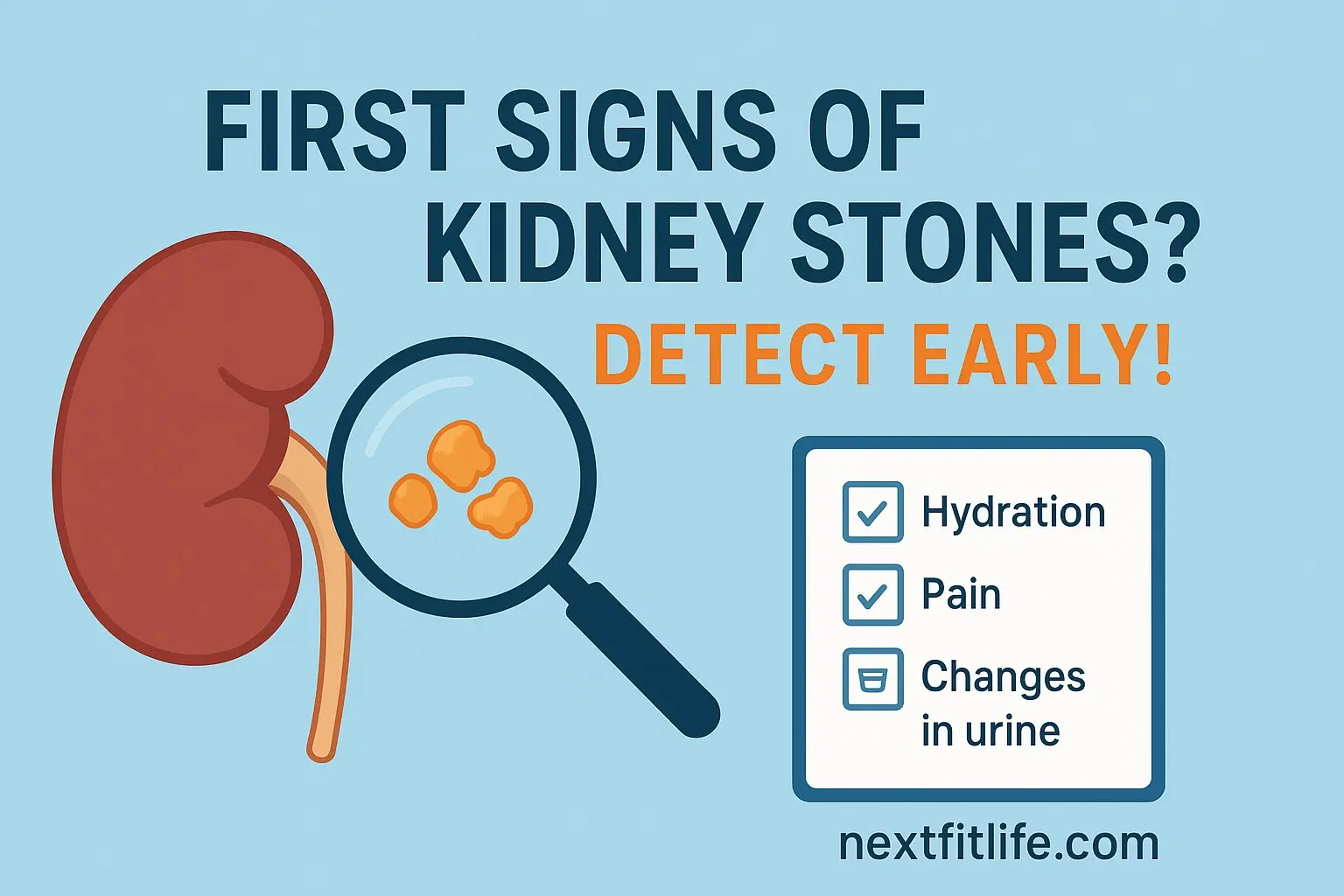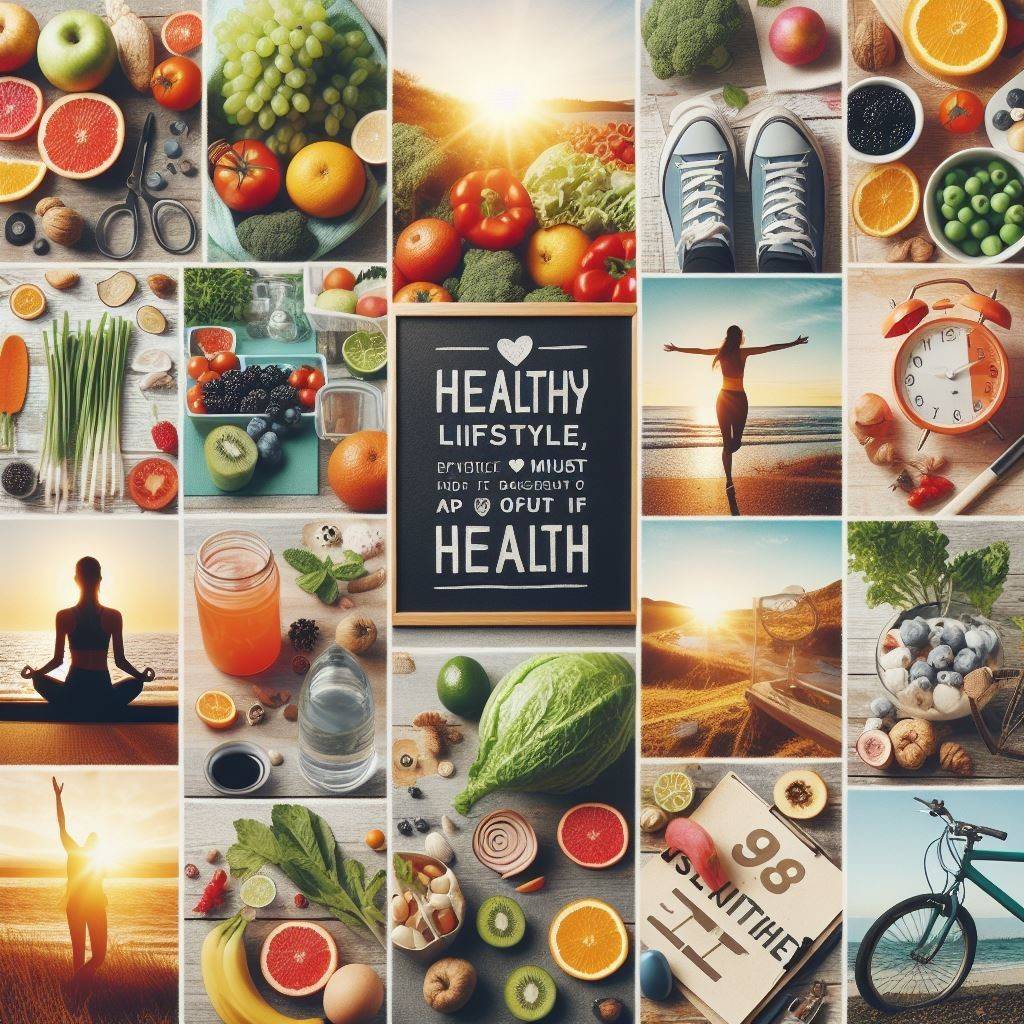What is the first sign of kidney stones? It’s often a subtle clue, like a mild ache in your side or a change in your urine. These small signals can grow into sharp pain or serious issues if ignored. The good news? You can catch them early with simple steps like drinking more water, tracking symptoms, and knowing your risks. In this 2025 guide,
I’ll share the early symptoms of kidney stones, expert advice, and easy tips to stay ahead of the pain. Let’s get started!
Understanding Kidney Stones: What Are They?
Kidney stones are hard deposits that form in your kidneys. They’re made of minerals and salts that clump together when your urine gets too concentrated. They can be as small as a grain of sand or as big as a marble. I’ve seen friends deal with them, and trust me, catching them early makes a vast difference.
Why it happens: Too little water, too much salt, or certain foods can trigger stones.
Who’s at risk: Men, people in tropical climates, or those with a family history.
Action Tip: Drink 8-10 cups of water daily to keep your urine diluted. I like adding a slice of lemon—it tastes good and helps prevent stones!
What Is the First Sign of Kidney Stones?
The first sign of kidney stones isn’t always the intense pain you hear about. It’s often something small, like a twinge or a change you might brush off. Let’s break down the early symptoms of kidney stones so you know what to watch for.
Mild Pain in Your Side or Back
The initial pain of kidney stones often starts as a dull ache in your lower back, side, or below your ribs. It might feel you pulled a muscle. I’ve talked to people who thought it was just posture at first. This flank pain from kidney stones happens when a stone starts moving in your kidney or ureter.
Action Tip: Keep a small notebook to track when the pain starts and stops. If it lasts more than a day, call your doctor.
Changes in Your Urine
Your urine can give you big clues. The first stage of kidney stones might show up as:
- Cloudy or foul-smelling urine, kidney stones: It looks murky or smells bad.
- Blood in urine, kidney stone symptom: Your pee might look pink or reddish.
- Burning feeling: It feels like a UTI when you pee.
Action Tip: Check your urine every morning. If it’s not clear or smells off, drink more water and note it for your doctor.
Needing to Pee All the Time
A sudden urge to pee, even if you just went, is a frequent urination kidney stone sign. You might only pass a tiny amount. This happens when a stone irritates the ureter.
Action Tip: Time your bathroom trips. If you’re going every 15 minutes with little urine, it’s a warning sign of kidney stones. Sip water slowly to help.
Feeling Sick or Tired
Some people feel nauseous or “off” before the kidney stone pain hits. This nausea and vomiting kidney stones symptom comes from pressure on your kidneys.
Action Tip: Rest and drink water. If nausea lasts more than a day with other signs, see a doctor.
Silent Stones: No Signs at All
Here’s a scary fact: some stones are “silent” with no early kidney stone warning. They’re found during unrelated scans. I’ve read cases where people had no clue until a routine X-ray. This is common in people with diabetes or a family history.
Action Tip: If you’re at risk, ask for a kidney checkup at your next doctor visit.
Key Fact Box: Are You at Risk for Kidney Stones?
- Diet: Too much salt, sugar, or red meat raises your risk.
- Low water intake: Less than 8 cups daily can trigger urinary tract stones.
- Family history: If your parents had stones, you’re more likely to get them.
- Tropical climates: Dehydration in warm areas sparks stones.
Hidden Signs You Might Miss
Competitors often focus on pain, but the signs and symptoms of kidney stones can be sneaky. Here are the kidney stone warning signs that get overlooked, especially for specific groups.
First Signs in Women
Women might notice:
- Mild pelvic pain: Feels like period cramps.
- Frequent UTIs: Stones can mimic infections.
- Fatigue: A vague “off” feeling before pain.
Action Tip: Keep a symptom diary. Women often miss these early symptoms of kidney stones, so tracking helps.
First Signs in Kids
Kids can’t always explain what mistaken about. Look for:
- Fussiness: They cry more without an obvious reason.
- Bedwetting: Even in trained kids.
- Low appetite: Paired with tummy aches.
Action Tip: If your child seems fussy and pees less, ask a pediatrician about a kidney stone diagnosis.
First Signs in Hot Climates
In popular areas like Texas or Florida, dehydration is a big trigger. Watch for:
- Dark urine: A sign you’re not drinking enough.
- Lots of sweating: Without replacing fluids.
Action Tip: Drink 10-12 cups of water daily in hot weather. I like keeping a water bottle with it’s a lifesaver!
How Do You Know If You Have Kidney Stones?
Wondering how you know if you have kidney stones? Here’s how to check:
- Track symptoms: Write down pain, pee changes, or nausea.
- Drink more water: See if symptoms ease with hydration.
- Visit a doctor: They may suggest:
Urine test: Checks for blood or crystals.
CT scan or ultrasound: Spots even tiny stones.
- Share their history: Tell them about diet, family history, or past stones.
Action Tip: I tested a symptom tracker app called “Kidney Health” and loved it. It’s free and helps you log signs to show your doctor. Download our free “Kidney Stone Checklist” [link to your lead magnet] for easy tracking.
Proven Ways to Detect and Prevent Kidney Stones Early
Detecting kidney stones early can save you from pain and doctor bills. Here are 5 expert tips to spot and stop stones, backed by the National Kidney Foundation.
Drink Plenty of Water
Water keeps your urine diluted, stopping stones from forming. Aim for 10-12 cups daily, more if you’re active.
Action Tip: I carry a 32-ounce water bottle and refill it twice. Add lemon or cucumber—it’s tasty and fights stones.
Cut Down on Salt and Sugar
Too much salt or sugary drinks like soda can cause kidney stone causes. I’ve seen friends cut soda and feel better fast.
Action Tip: Swap chips for unsalted nuts. Choose water over cola. Aim for less than 2,300 mg of sodium daily.
Eat Kidney-Friendly Foods
Some foods help prevent urinary tract stones:
- Citrus fruits: Lemons and oranges add citrate to break stones.
- Low-oxalate greens: Kale is better than spinach.
- Calcium-rich foods: Milk or yogurt binds oxalate.
Action Tip: I like a daily smoothie with kale, banana, and orange juice—it’s yummy and stone-fighting.
Stay Active
Exercise improves kidney health and keeps weight down, lowering stone risk.
Action Tip: Walk 30 minutes daily or try yoga. Check with your doctor if you’re in pain.
Know Your Risks
If you’ve had stones or have a family history, get regular checkups. Ask about:
- Blood tests: To check kidney function.
- Diet plans: Tailored for your stone type.
Action Tip: Schedule a 2025 kidney screening. I’ve seen how early checks catch renal colic symptoms before they worsen.
Quick Tip Table: Foods to Eat and Avoid
| Eat These | Avoid These |
| Lemons, oranges | Soda, energy drinks |
| Kale, broccoli | Spinach, rhubarb |
| Milk, yogurt | Salty chips, processed meats |
When to See a Doctor
Don’t wait if you notice:
- Pain that gets worse or spreads to your groin (pain radiating to the groin, kidney stones).
- Blood in urine, a kidney stone (pink or red pee).
- Fever, chills, or nausea with pain.
- Trouble peeing or very little urine.
Action Tip: If the pain is severe or you can’t pee, go to the ER. It could be a large stone or an infection.
Key Takeaways
What is the first sign of kidney stones? Look for mild side pain, cloudy or foul-smelling urine, kidney stones, or frequent peeing.
- Women, kids, and hot-climate dwellers may notice unique early symptoms of kidney stones, like pelvic pain or dark urine.
- Drink 10-12 cups of water daily and eat citrus fruits to prevent urinary tract stones.
- Track symptoms with our free “Kidney Stone Checklist” [link] and see a doctor if you spot blood or severe pain.
- Stay proactive with diet, exercise, and regular checkups in 2025.
FAQs About What Is the First Sign of Kidney Stones
How Do You Know When a Kidney Stone Is Starting?
The first stage of kidney stones often starts with a mild ache in your side or back. You might notice cloudy or foul-smelling urine, kidney stones or a need to pee often. Track these signs and drink water to see if they ease.
What Is the Early Warning of a Kidney Stone?
The early kidney stone warning can be subtle: a dull pain, pink urine, or feeling nauseous. I’ve seen people making mistakes with stress or a UTI. Check your urine daily and hydrate to catch it early.
How Do I Check Myself for Kidney Stones?
You can’t diagnose stones at home, but you can watch for signs and symptoms of kidney stones. Log pain, pee changes, or nausea. If they last, see a doctor for a urine test or scan.
How to Treat Kidney Stones in Kids?
Kids need gentle care. Give them plenty of water and avoid sugary drinks. A doctor may suggest pain relief or, for enormous stones, procedures like an ultrasound. I’ve seen parents use reward charts to encourage kids to drink more water—it works!
Conclusion
What is the first sign of kidney stones? It could be a slight ache, a change in your pee, or feeling off. These early detection of kidney stones clues are your body’s way of saying, “Pay attention!” By drinking more water, eating smart, and tracking symptoms, you can stop stones before they ruin your day.
I’ve seen how simple changes—like carrying a water bottle or cutting soda—make a big difference. In 2025, tools like apps and checklists will make it easier to stay on top of your kidney health. Download our free “Kidney Stone Checklist”



